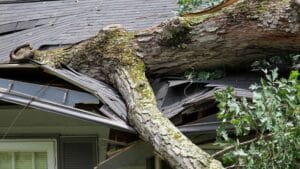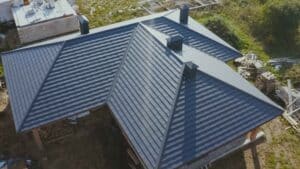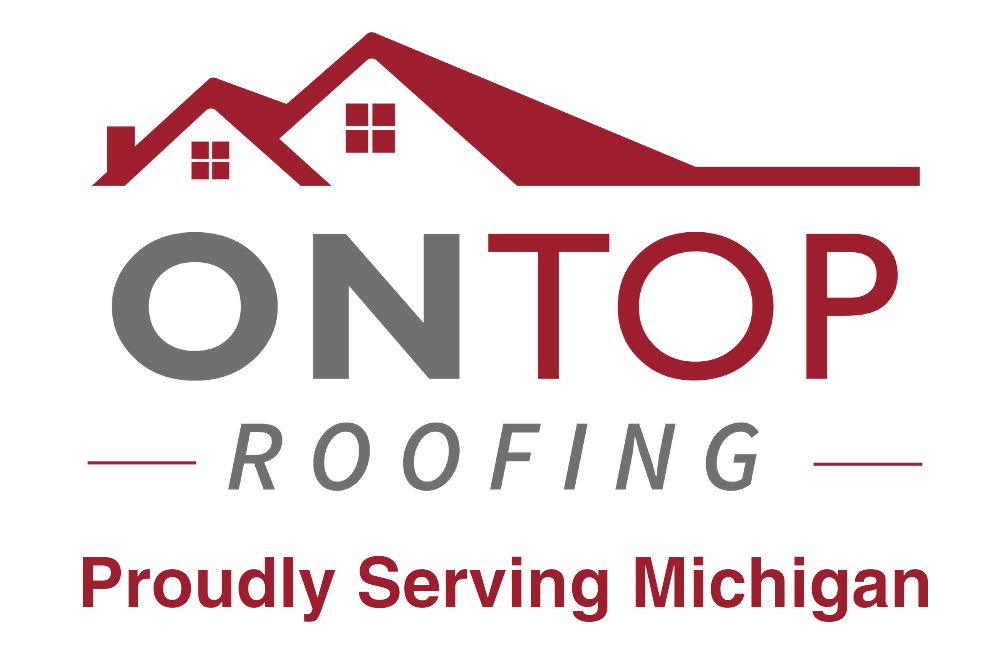
Spring is finally here, and as the snow melts away, it’s time to assess how your roof held up through the harsh winter months. Freezing

Your roof is one of the most important components of your home, providing protection from the elements and ensuring your family’s safety and comfort. However, like all things, it requires maintenance to stay in good condition. By following some simple roof maintenance tips, you can extend the lifespan of your roof, save money on repairs, and avoid costly replacements. In this blog, we’ll share practical DIY roof maintenance tips that will help keep your roof in top shape for years to come.
Roof maintenance is about more than just keeping your roof looking good. Regular upkeep ensures that your roof continues to protect your home from weather, leaks, and other potential issues. It’s far easier—and more cost-effective—to fix small problems before they turn into major repairs. Proactive maintenance helps you catch problems early, increases the lifespan of your roof, and maintains your home’s energy efficiency.
While DIY roof maintenance can save you time and money, there are instances when it’s best to leave it to the experts. If you notice significant damage, if your roof is too steep to access safely, or if you’re not comfortable performing repairs, don’t hesitate to call a professional roofing contractor. Regular maintenance and timely repairs from a professional will ensure your roof stays in top condition.
Roof maintenance is one of the most important aspects of homeownership. By following these simple DIY roof maintenance tips, you can extend the lifespan of your roof, prevent costly repairs, and maintain the safety and comfort of your home. Regular inspections, cleaning, and minor repairs can go a long way in protecting your roof and ensuring that it continues to perform its vital function for many years to come.
If you’re unsure where to start or need help with roof maintenance, a professional roofer can offer advice and services to ensure your roof is in the best condition possible.

Spring is finally here, and as the snow melts away, it’s time to assess how your roof held up through the harsh winter months. Freezing

Storms can wreak havoc on homes, leaving behind significant damage to roofs that may go unnoticed until leaks or structural issues arise. Addressing storm damage

When it comes to maintaining the longevity and efficiency of your home, roof ventilation and insulation play critical roles. While many homeowners focus on the

Your roof is one of the most critical components of your home, protecting you and your belongings from the elements. Knowing how to extend the
"*" indicates required fields

Take advantage of our free inspection and free second opinion offer and receive a complimentary estimate for any new installation service.
